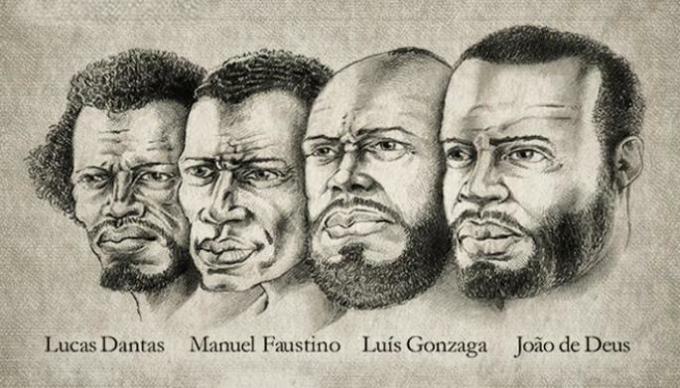THE Bahia Conjuration or Revolta dos Alfaiates was a popular political movement that took place in Salvador, Bahia, in 1798.
Its objectives were to separate Bahia from Portugal, abolish slavery and meet the demands of the poor strata of the population.
It is also known as "Conspiracy of Búzios" or "Revolta dos Tailors", as its main leaders were the tailors João de Deus and Manuel Faustino dos Santos Lira.
The Conjuração Baiana was composed, in its majority, by enslaved people, free blacks, poor whites and mestizos, who exercised the most different professions, such as shoemakers, bricklayers, soldiers, etc.
Influenced by the French Revolution and the Haitian Revolution, the Bahian Conjuration was strongly repressed. Its members were arrested and, in 1799, the movement's leaders were sentenced to death or exile.
Leaders of the Bahia Conjuration
In addition to the leadership exercised by the tailors, the movement was also led by soldiers Luís Gonzaga das Virgens and Lucas Dantas.

Freemasonry exerted a strong influence on the conjuration, as the political ideals of the French Revolution also reached Brazil through this group.
The first masonic lodge created in Bahia, Cavaleiros da Luz, had the participation of several intellectuals who were involved in the conspiracy.
They are: José da Silva Lisboa, future Viscount of Cairu; the surgeon Cipriano Barata, the "doctor of the poor"; pharmacist João Ladislau de Figueiredo; Father Francisco Gomes; the Latin professor Francisco Barreto and Lieutenant Hermógenes Pantoja, who got together to read Voltaire, translate Rousseau, and organize the conspiracy.
Historical context of the Bahian Conjuration
Likewise, the movement led by freed black Toussaint Louverture, in Bahia, had repercussions in Bahia. Haiti, against French settlers - the first major successful enslaved uprising in story.
Another cause that led to the revolt was the fact that the population of the city of Salvador was in a situation of destitution, after the capital of colonial Brazil was transferred to Rio de Janeiro, in 1763. The need to found a democratic republic in Bahia was affirmed, where there were no social differences and where everyone was equal.
On August 12, 1798, the city of Salvador awoke covered with manuscript papers nailed to the walls of churches. The pamphlets called the population to fight and proclaimed ideas of freedom, equality, fraternity and the Republic.
One of the main sayings was:
Cheer up the people of Bahia that the happy time of our Freedom is about to arrive: the time when we will all be brothers, the time when we will all be equal.
End of Bahian Conjuration
The distribution of the slogans with slogans prompted the authorities to act promptly and suppress the demonstration. Some members were arrested and forced to report the rest of the participants.
The governor of Bahia, Fernando José de Portugal e Castro, learned through a complaint made by Carlos Baltasar da Silveira, that the conspirators would meet at Campo de Dique, on the 25th of August.
The government's action was swift and Colonel Teotônio de Souza was tasked with surprising them in the act. As government troops approached, some managed to flee.
After the rebellion was suppressed, the arrests followed and the movement was dismantled. 49 people were arrested, of which three were women, nine were enslaved and other free men who exercised professions such as tailors, barbers, soldiers, embroiderers and small traders.
The main people involved were tried and sentenced to death. On November 8, 1799, a year and two months after the events, the accused were found guilty of treason.
In this way, Luis Gonzaga das Virgens, Lucas Dantas, João de Deus and Manuel Faustino dos Santos Lira received the death penalty by hanging and then quartered. The bodies were exhibited in various places in the city of Salvador to serve as an example to possible subversives.
Intellectuals and members of Freemasonry who participated in the conjuration received lesser sentences or were acquitted.
Despite its terrible outcome, the Conjuração Baiana influenced other movements such as independence (1822), the Malês Revolt (1835) and the abolition of slavery (1888).
See too:
- Mining Inconfidence
- Haitian Independence
- Abolitionism
- Malês revolt
- colonial Brazil exercises


